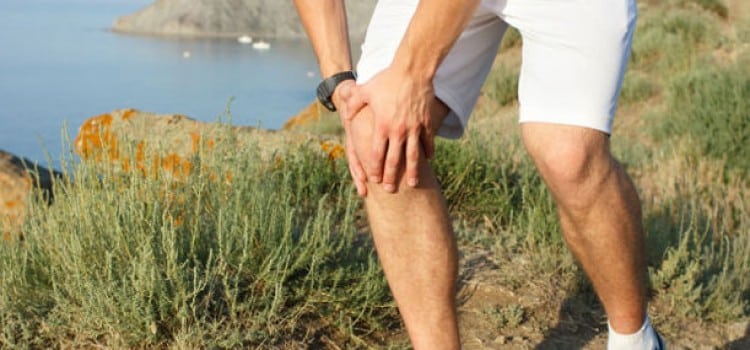What do tennis elbow, pitcher’s shoulder, golfer’s elbow, and jumper’s knee have in common?
First, they all hurt. A lot. Many sufferers describe the pain as a dull ache, tender to the touch with visible swelling in the affected area.
Second, they are all forms of tendonitis. Tendonitis is the inflammation or irritation of a tendon. It is most common around your shoulders, elbows, wrists, knees and heels.
In most cases, the discomfort of mild cases of tendonitis can be treated with over-the-counter medication or rest. But if the pain persists, you may need to see a doctor.
I sat down with Dr. Ryan Slater, Sports Medicine Specialist with Central Utah Clinic, to find out more about how to treat and even cure tendonitis.
Treatment for minor injuries
When we think of orthopedic injury, we often think surgery is the only option. However, “a large majority of orthopedic injuries are nonsurgical,” said Dr. Slater. “Many times these injuries improve without surgical intervention.” The same holds true for tendonitis. For minor injuries, try the RICE method.
Rest. Reduce your level of physical activity and rest the affected area.
Ice. To decrease the pain and swelling, apply ice packs or ice baths up to 20 minutes several times per day.
Compression. Since swelling is a common concern, compressing the area with wraps or elastic bandages helps keep swelling under control.
Elevation. This is another option to reduce the amount of swelling. If you suffer from a knee injury, for example, raise the leg above the level of your heart.
When the pain just won’t go away
If the RICE method doesn’t work for you, then you may be looking at a more severe case of tendonitis. However, there are still many noninvasive procedures that can be used:
Musculoskeletal Ultrasound. In medicine, ultrasound is used to detect changes in appearance, size, or contour of organs, tissues and vessels. It is also used to detect abnormal masses, such as tumors. It’s painless, fast and can quickly provide doctors with images for a faster and more comprehensive diagnosis.
Platelet-Rich Plasma. “When conditions do not get better with more conservative treatments, we sometimes consider using PRP,” said Dr. Slater.
This regenerative treatment involves taking a sample of your own blood, separating out the platelets, then re-injecting those healing elements into the affected area. While still relatively new to the field, it is quickly gaining popularity as an effective, non-surgical treatment for certain patients.
“There are mixed studies,” said Slater. “Some patients show significant relief while others are not as conclusive.” Still, for a select population, this procedure can provide fast, long-term relief.
Tenex Health TX. After about 8-10 weeks, tendonitis ceases to be strictly an inflammation problem and becomes more of a degenerative issue. If this is the case, Tenex can work well.
In this procedure, a specially designed needle enables Dr. Slater to pass through the tissue and remove the degenerative parts of the tendon that are causing the patient pain. “This procedure has only been around for a few years,” explained Dr. Slater, “but studies have been very promising. This is a great treatment option for people who have severe symptoms and don’t want to go through a major surgery.” And it only requires a local anesthetic.
As a former wide receiver for Brigham Young University, Dr. Slater has had his own share of orthopedic injuries. Now, he uses his professional knowledge and collegiate experience to treat current collegiate and high school athletes as well as other patients in the community.
To find out more about how to treat and actually cure tendonitis, or to schedule an appointment with Dr. Slater, connect with Central Utah Clinic for information on services, locations, events and more. www.centralutahclinic.com
